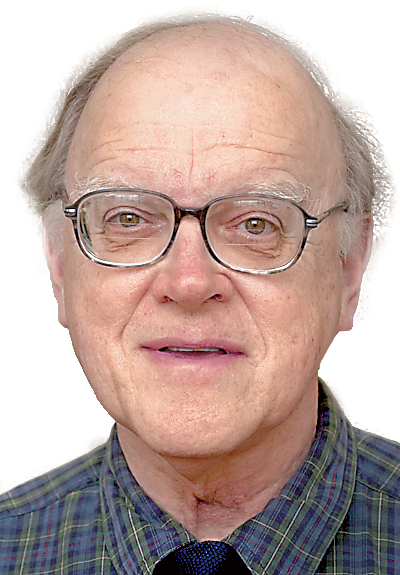On Aug. 9, 1945, the U.S. dropped the second atomic bomb, nicknamed "Fat Man," on Nagasaki, Japan. An area roughly 2.5 by 2 miles was obliterated. Years later, casualties were estimated at 35,000 killed, 60,000 wounded, 5,000 missing. Thousands more suffered delayed consequences of radiation exposure.
On Aug. 15, Emperor Hirohito announced in a radio address his country's unconditional surrender. A formal signing of the decree occurred on Sept. 2 aboard the battleship USS Missouri.
On Sept. 20, U.S. Army Sgt. Joseph W. Reid Sr. set out with three other soldiers to deliver Army blankets to a children's hospital outside Nagasaki. I had the privilege of visiting Reid in his Dalton, Georgia, home last month to hear his account of an amazing journey to Ground Zero of the Japanese city.
Reid enlisted in the Army on his 17th birthday in late 1943. Following basic training, he was assigned to the Quartermaster Corps and moved by bus and train to various military bases for additional training before a cross-country train journey to Los Angeles in December 1944. A packed Liberty ship delivered him first to New Guinea then to Manila. Each journey required a long, zigzag route to avoid enemy submarines.
In mid-July 1945, Reid was among 2,000 soldiers who boarded another Liberty ship that hovered off Okinawa for weeks. Reid described a near-mutiny of soldiers dealing with heat, overcrowding and sea sickness. Soldiers begged to be put ashore in Japan, even if that meant fighting their way inland.
Finally, on Sept. 15, Reid was in a detachment of 300 soldiers landed at Sasabo, a harbor in southern Japan. Although armed, they encountered no resistance. He recalls no animosity in any Japanese civilian he encountered.
Five days later, Reid and three fellow sergeants were ordered to drive two trucks loaded with wool blankets to Nagasaki, 60 miles away. They drove through a deserted landscape, past large DO NOT ENTER SIGNS at the perimeter of Nagasaki. For unclear reasons, Reid was dropped off in the center of the destroyed city while the trucks proceeded to their destination.
The city had been reduced to a rubble of crushed bricks and masonry. A corner of a building, perhaps two stories tall, was silhouetted against a distant hill. All other structures had been flattened by the nuclear blast. Bulldozers had cleared two paths at right angles through the debris. No vegetation was visible, no green against the reddish, brown landscape of utter destruction. A single civilian approached on the pathway to his right and slowly walked past to some unknown destination. Nothing in his training had prepared him for this devastation.
In less than an hour, the trucks, emptied of their cargo, picked him up for the return to base. Multiple skin cancers may have been the legacy of his short time in Nagasaki.
Completing his tour of duty, Reid used the GI Bill to complete college at the University of Georgia. He married Alice, his high school sweetheart. They raised two children. After various jobs in sales, the Reids settled in Dalton in 1960. Alice died in 1993.
"Maybe we shouldn't have done it," he said of the decision to employ atomic bombs. "But we would have lost a lot of men if we had invaded."
Characteristic of so many veterans of America's wars of the 20th century, Reid moved forward with his civilian life, reflecting from time to time upon images and experiences in combat zones. Sometimes the memories were shared, oftentimes not.
Reid showed me with pride his beautiful backyard garden of daffodils and a flowering cherry tree, a stark contrast to the desolate scene that he had witnessed decades earlier.
Clif Cleaveland, M.D., is a retired internist and former president of the American College of Physicians. Email him at ccleaveland@timesfreepress.com.

